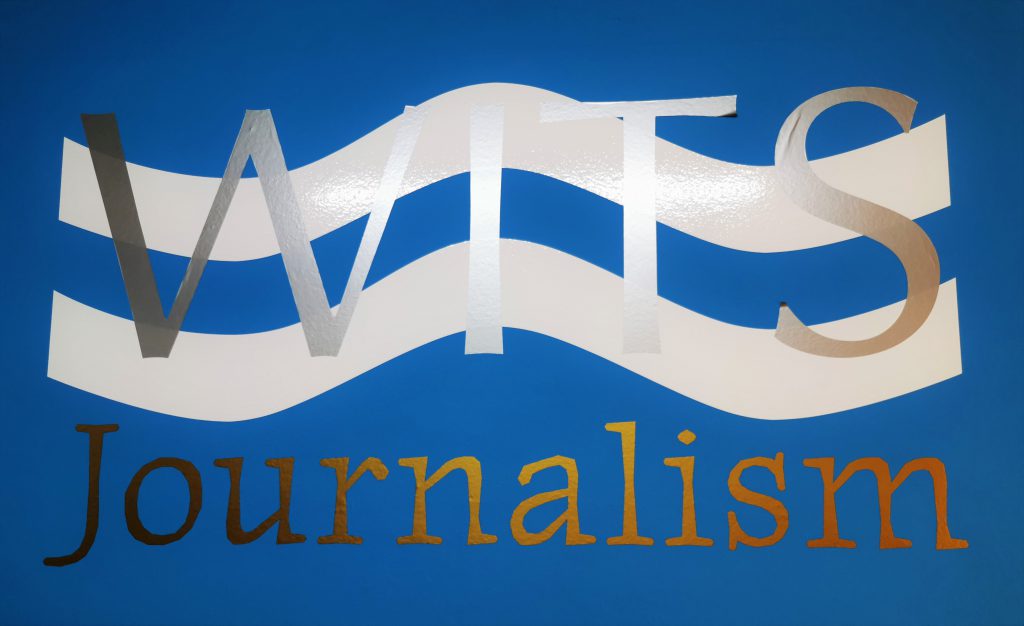On 7 August 2019, Iranti’s Communications and Policy Advisor, Letlhogonolo Mokgoroane, spoke at the University of the Witwatersrand Journalism Department to a group of womxn journalists from across Africa on how to ensure diverse and sensitive representations of LGBTI+ people in media.
The group was hosted by Paula Fray of Fray Intermedia, the organisation with which Iranti has partnered on its Safety, Dignity and Freedom (SDF) initiative. SDF aims to sensitise mainstream media content creators on the issues and identities of LGBTI+ persons in South Africa, Namibia, Botswana, Zimbabwe and Malawi, and will conclude with journalists from each of those countries producing five pieces of media focusing on LGBTI+ issues. In service of this, Iranti and Fray Intermedia are also working on an “editor’s guide” for journalists and connecting them with advocacy organisations near them.

Letlhogonolo opened the discussion by asking the group if they could recall any incidents in the media regarding LGBTI+ persons where they were surprised or jarred by the media’s behavior.
A Kenyan reporter responded, saying that “Everyone else is male and older,” and in response to the move to decriminalise homosexuality in Kenya, her superiors would ask “what is that [homosexuality]? That’s not what our readers want to know about.”
Journalists from other countries, such as Malawi, noted safety concerns that they had when writing or speaking about such issues, due to the ongoing legal and moralistic antagonism to the LGBTI+ community. Countries such as Zimbabwe, however, had a far more fluid and often contradictory social landscape to them. It is claimed that despite being criminalised, queer people are often simply ignored.
One journalist from Zimbabwe commented that she had set up an interview with a transgender womxn, but was shut down by her editors because “trans people are worse than dogs.”In Botswana, where homosexuality was formally decriminalised earlier this year, journalists ostensibly have an easier task, though one reporter felt that the media is being fought by LGBTI+ community.
Speaking on an article about a transgender womxn which received backlash, she said “my headline was from a man to a happy bride. I’ve been telling them [the LGBTI+ community] that you should understand where the media is coming from. I’m writing for an ordinary Motswana. For an ordinary Motswana you are a man!”
“What people don’t understand when we talk about LGBTI issues is that you are shaping perspectives,” responded Letlhogonolo. “When you are saying ‘man to happy bride’ you are saying to an ordinary Motswana that they are a man still. You are constantly using violent language to perpetuate their personal dysphoria.”
“She could have just said ‘happy bride,” he continued. “Because while you are just telling a story about this individual, you end up defining the community. It’s important for you to contact people in the sector, just to check your blinds pots and assess problematic language,” he said.
“I understand that safety and such things are important, but in the little pockets where we have the opportunity to change minds, let’s write the story well. There is a way journalists talk about people that is violent, but I’m saying that you don’t have to participate in that framework.”

Moving forward, Iranti hopes to strengthen partnerships and support work by these journalists, particularly those from SDF partner countries to educate media consumers across Southern Africa and ensure that LGBTI+ stories are recorded and celebrated.
